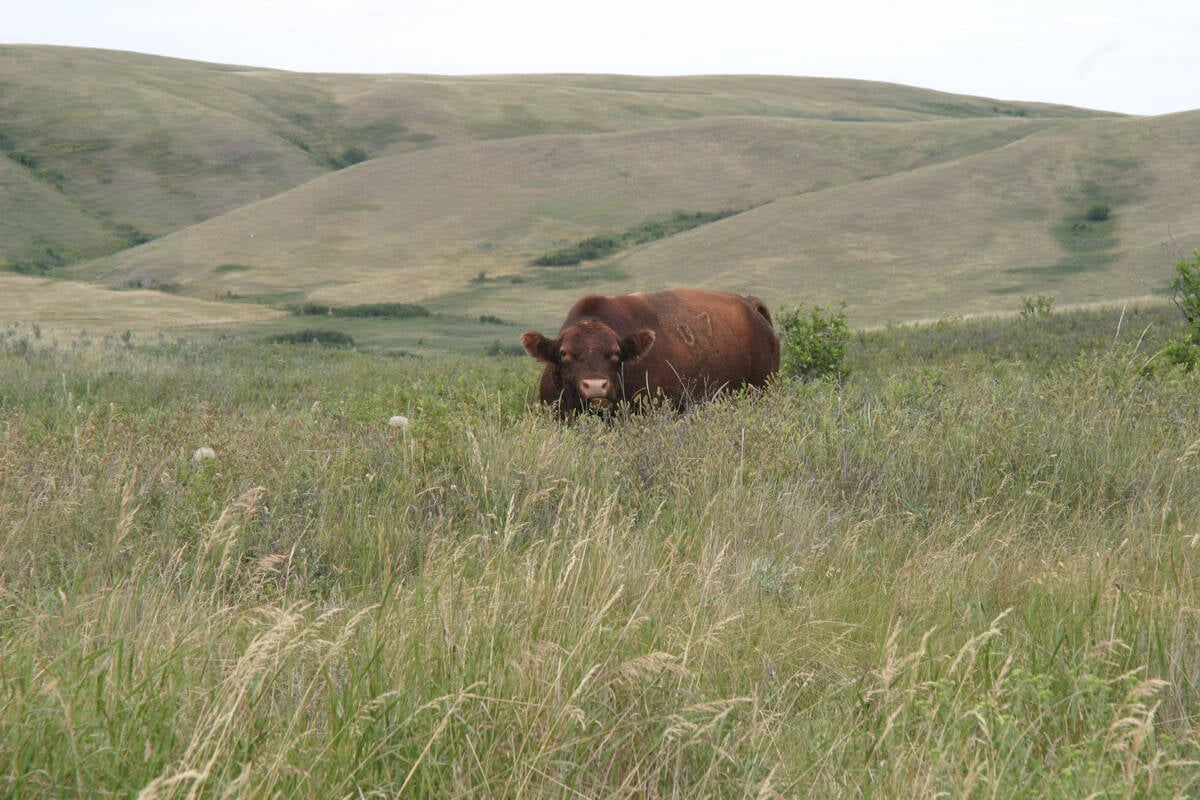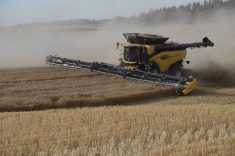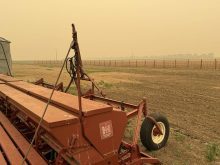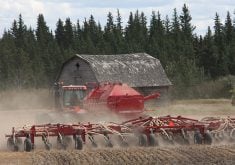Eligibility for compensation under a production insurance scheme that covered livestock mortality is expected to be more complicated and more judgment-based than it is under crop insurance.
Losses under crop insurance are usually weather related and easily validated using historic production data, said a 2007 report by the accounting firm Meyers Norris Penny. Farm management is not a key factor.
However, the severity and depth of a livestock disease outbreak often relate to management practices, according to a report prepared for federal and provincial governments.
“In livestock, it is likely that the issue of corrective action will be critical to limit the loss and that a producer’s actions in this regard need to be taken into consideration,” said the report used by senior federal and provincial bureaucrats as they try to design a production insurance scheme.
Read Also

Saskatchewan puts crown land auction on hold
Auctions of Saskatchewan crown lease land are once again on hold.
“Therefore, it is likely that identifying the cause of loss will be much more important. In the case of disease losses, if hog producers do not take corrective action, the length and intensity of the loss can increase and therefore the amount of insurance paid would increase.”
It would force program managers to make judgment calls about producer responsibility that typically do not figure in crop insurance decisions.
It was one of many complicating factors identified in the report.
The report, which was obtained by Ottawa-based researcher Ken Rubin using access-to-information rules, also noted that depending on level of coverage, the cost of premiums and the design, a production insurance (PI)program could either favour larger producers who have developed sophisticated disease control systems or smaller farmers more susceptible to proportionately larger losses.
“Implementation of a PI program would need to be very careful to complement producers’ risk management programs and not influence their production practices or decisions,” the report said.
Still, it said an insurance program to cover animal losses due to disease could fill gaps in existing farm safety net programs.
As well, such a program would enhance the margin-based Canadian Agricultural Income Stabilization program, and presumably its successor AgriStability, by providing compensation quickly after a disaster rather than several years after the loss, as is the case with CAIS and AgriStability.
“Similar to crop insurance, one would expect production insurance payments to normally be paid before CAIS could be filed,” it said.
“Therefore, the producer is reimbursed for production loss much more promptly (more responsive). Production insurance would be a CAIS-deductible income that would help producers maintain higher CAIS margins, possibly benefiting producers in future years.”
The MNP report also concluded that production insurance would help alleviate one issue that has annoyed producers for years.
Because CAIS, including its predecessors and successor was an “all-farm” program, losses in one part of the operation could be offset by profits in another sector. It meant a single enterprise livestock producer could receive compensation for losses but a neighbour with a mixed operation might not, even though the entire farm barely broke even.
“Although a fair approach to manage risk, the end result is a counterintuitive disincentive to diversify,” said the report.














